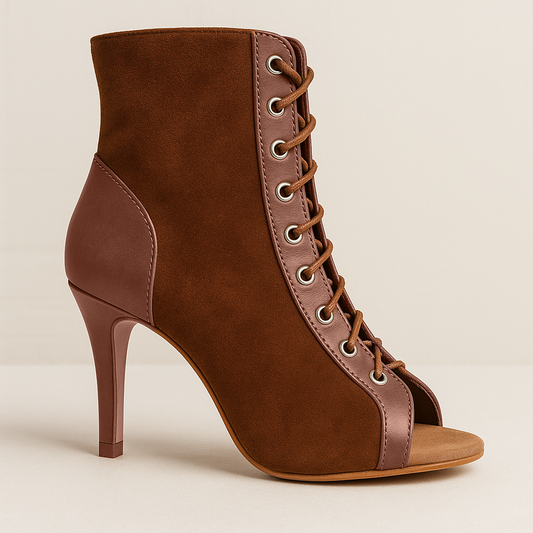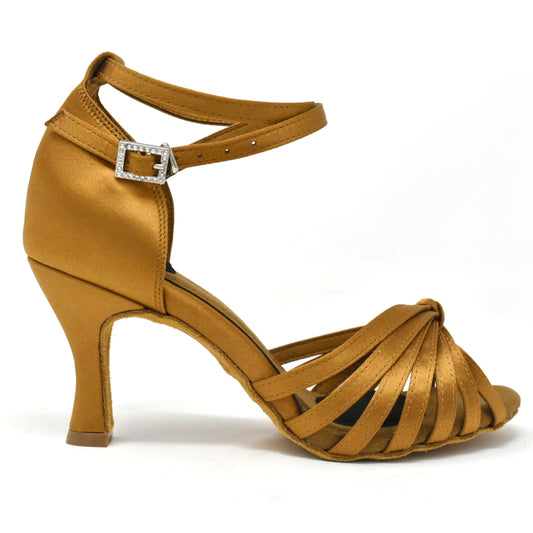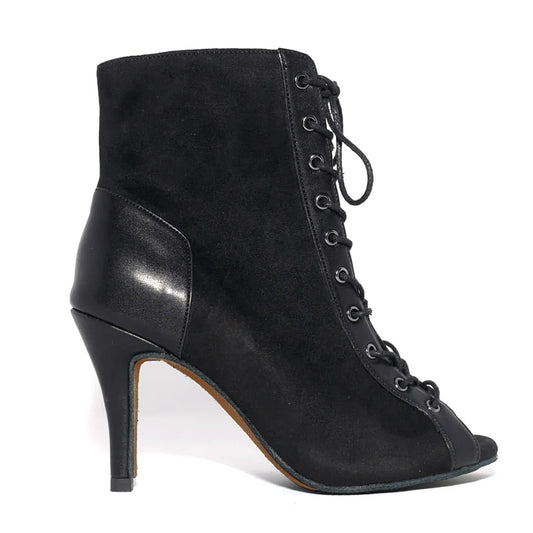
Photo Credit: NASM
Dancing isn’t just about the footwork, it demonstrates the physical strength and control of the muscles. You need core strength to perform those dizzying maneuvers and breathtaking stunts! The core is not only essential in dancing, it also improves the posture and stabilizes the lower body through muscle control.
What is the Core?
The core muscles are the abdominal muscles that are located in the midsection. The abdominal muscles extend from the base of the head all the way to the pelvis. The main function of the core is to support the trunk, hold the organs in place, and connect the upper body to the lower body. The core is comprised of 4 abdominal muscle groups. These are:
Transversus abdominis: This muscle group is set deep within the muscle layer. It helps stabilize the trunk and maintain internal abdominal pressure to keep the organs in place.
Rectus abdominis: The muscle group found in between the ribs and pubic bone, at the front of the pelvis. Also known as the “six-pack,” the rectus abdominis contract to move the ribcage and pelvis.
External oblique muscles: This muscle group is set on each side of the rectus abdominis. The muscles contract so the trunk could twist and turn on each side.
Internal oblique muscles: The obliques are the muscles that flank the rectus abdominis. These muscles move in the opposite direction to the external oblique muscles, allowing the trunk to twist to the left or right.
Core Exercises You can Do at Home
Core and Balance Training
Core Strength and Conditioning for Dancers
5 Ab Exercises For Dancers
Core Workout for Dancers
The Importance of Core Strength in Latin Dance
In Latin dance, the core keeps the body stable and balanced. It also protects the spine, reducing your risk of injuries as you dance. The core also helps coordinate the movements of your arms and legs. It also maintains spine alignment for better balance and posture.
When the core is strong, movements could be concentrated to the midsection, you’ll be able to maintain a proper partnering frame as the core is engaged. Dances with quick tempo like salsa, samba, even swing require a strong core for smoother movements while dances with slow tempo need better muscle control to execute certain dance moves properly. By strengthening the core, you’ll gain a higher level of control over your body, allowing you to maneuver the upper and lower body with ease.







